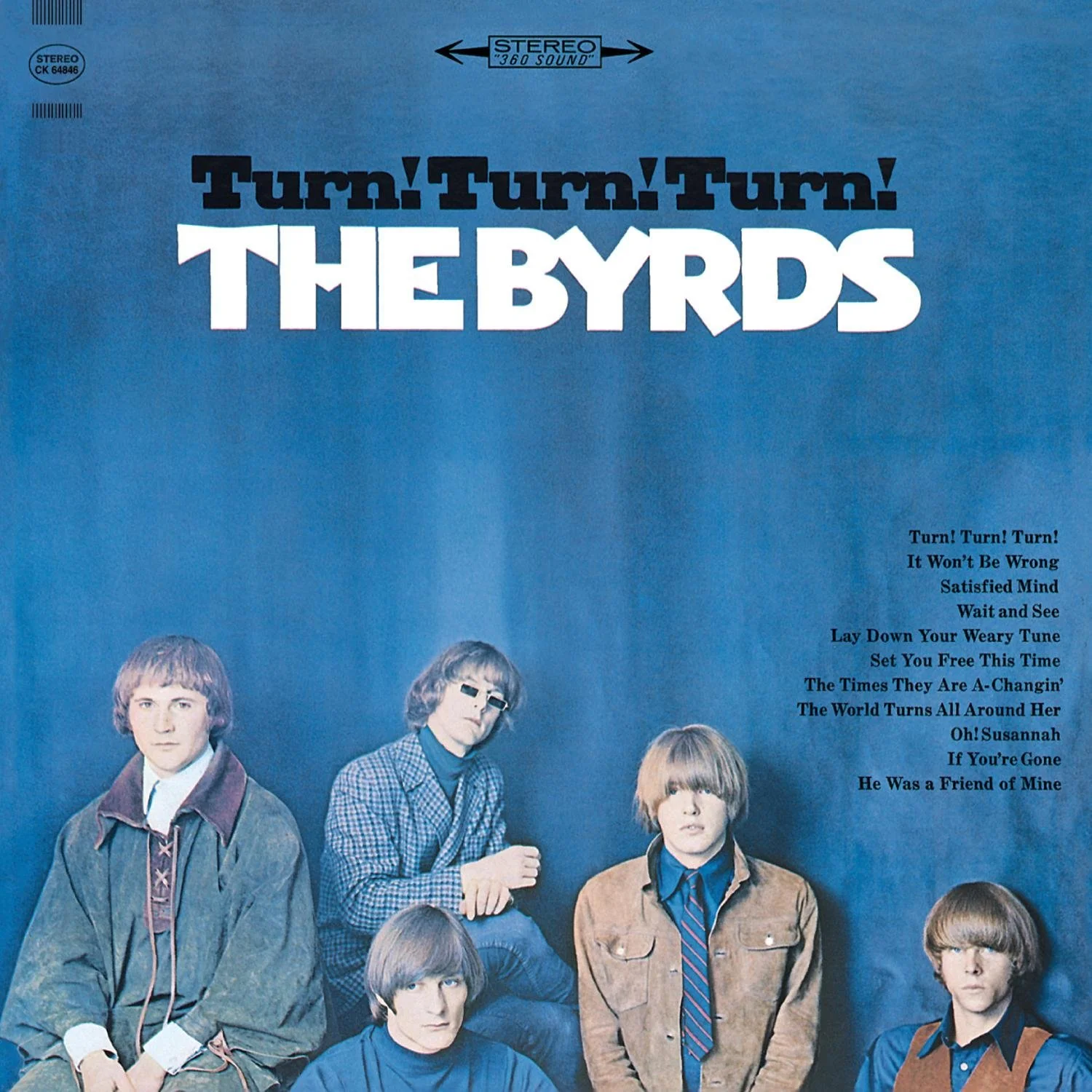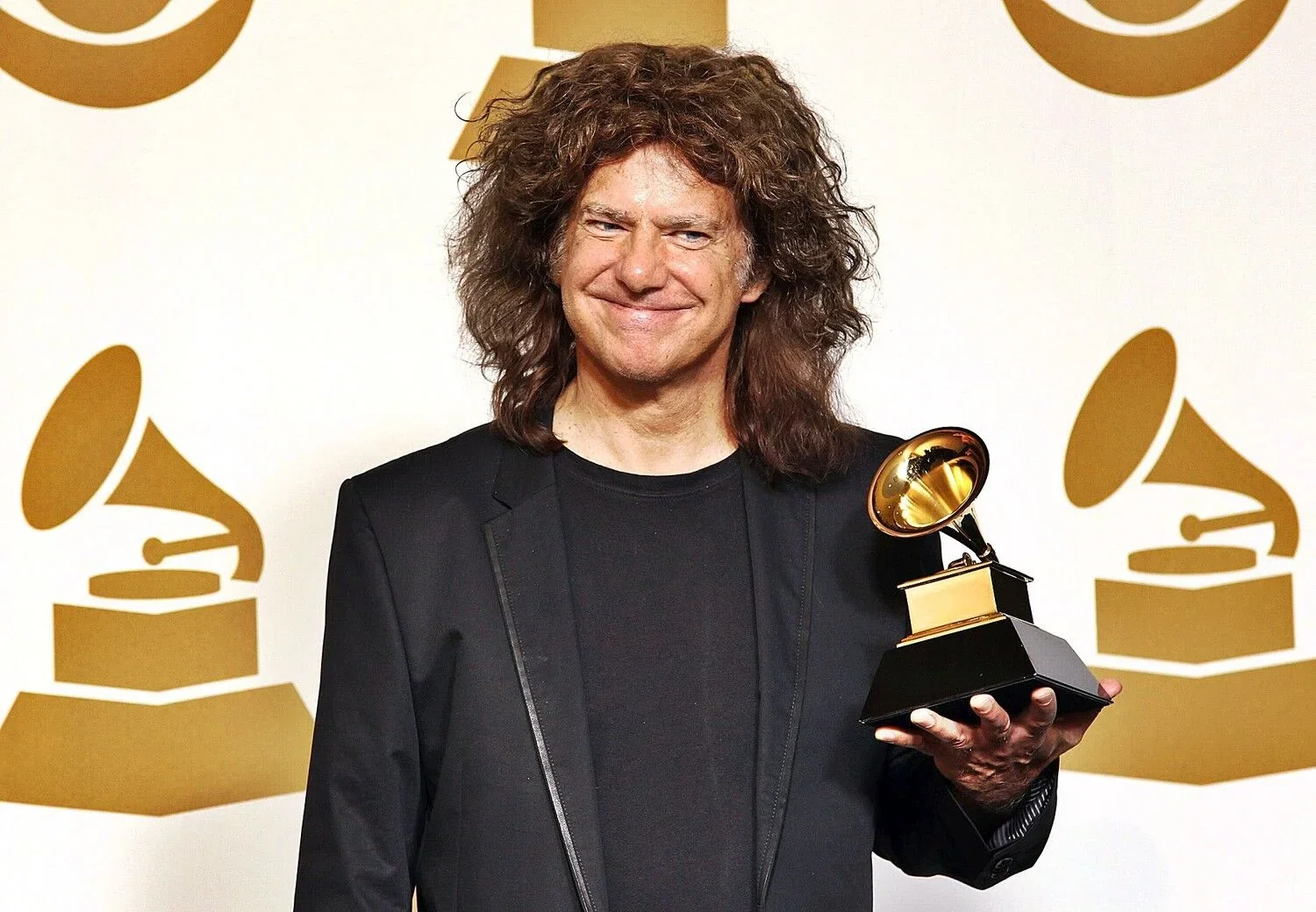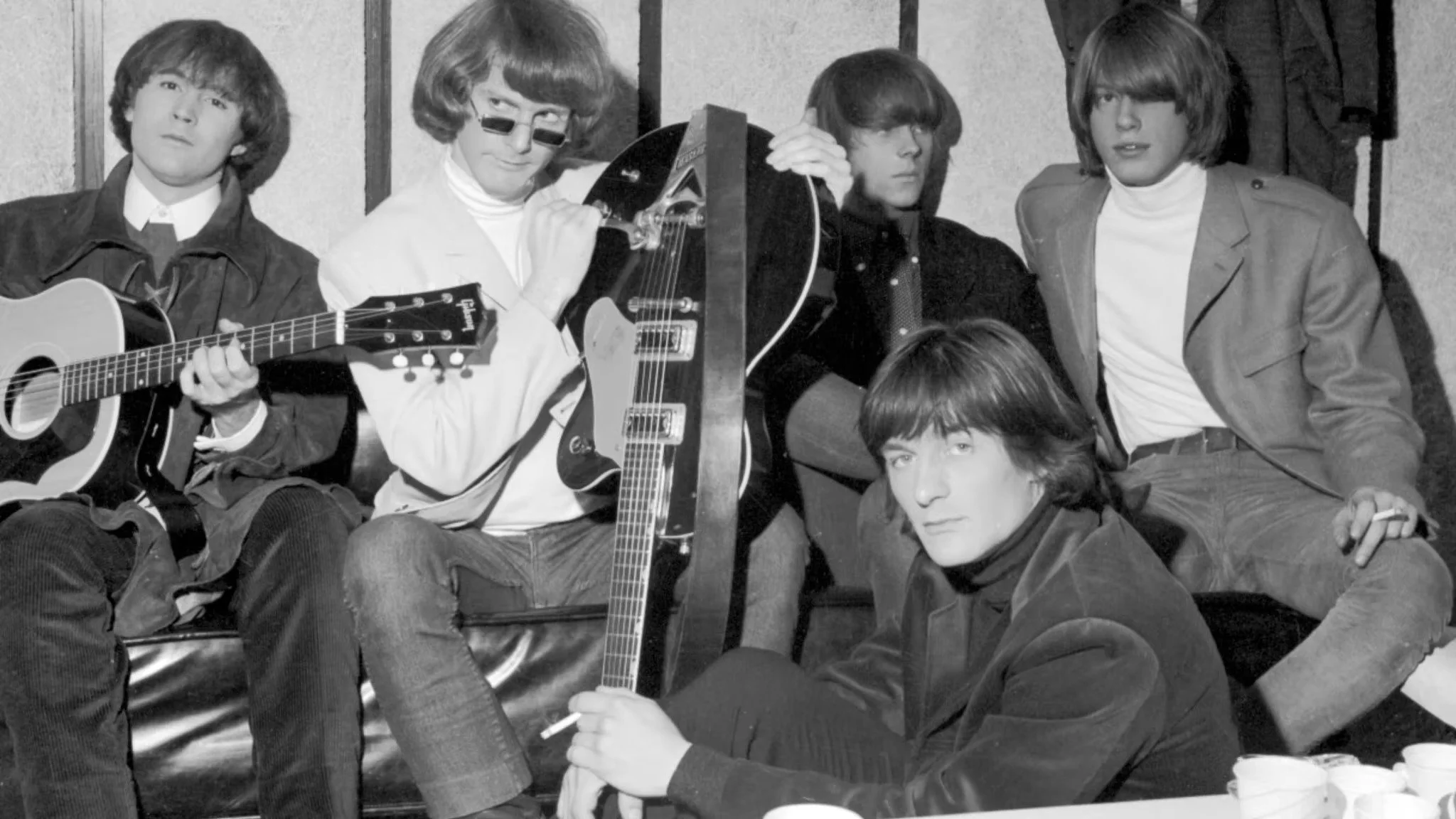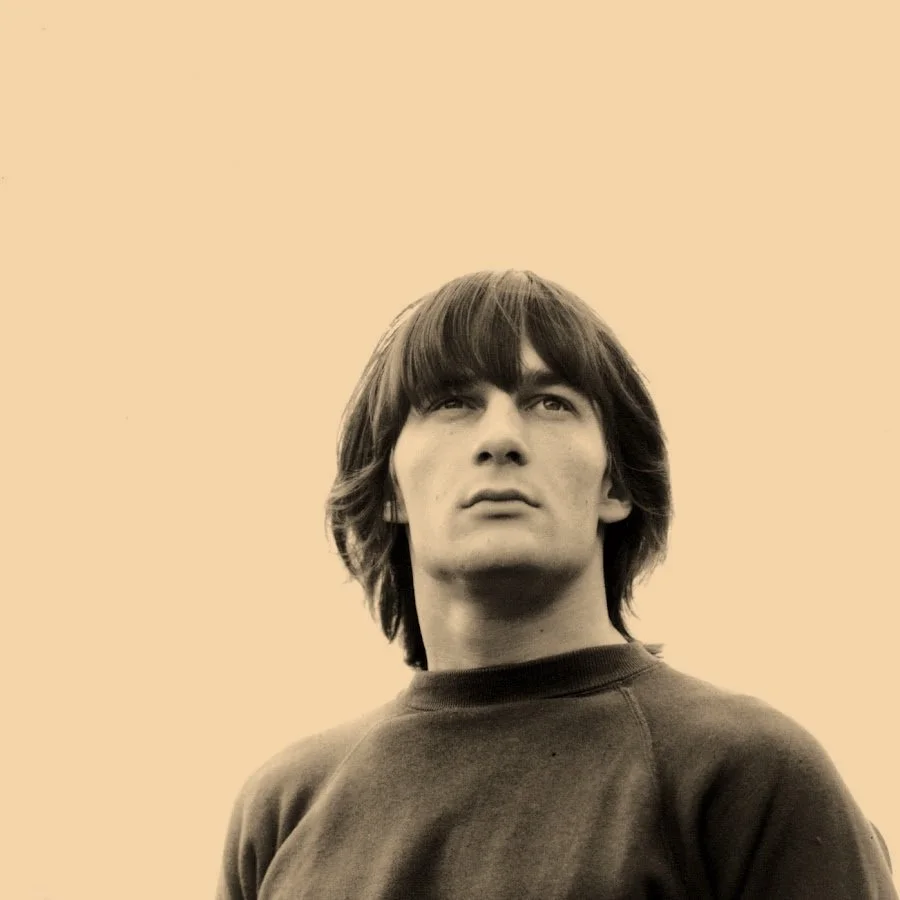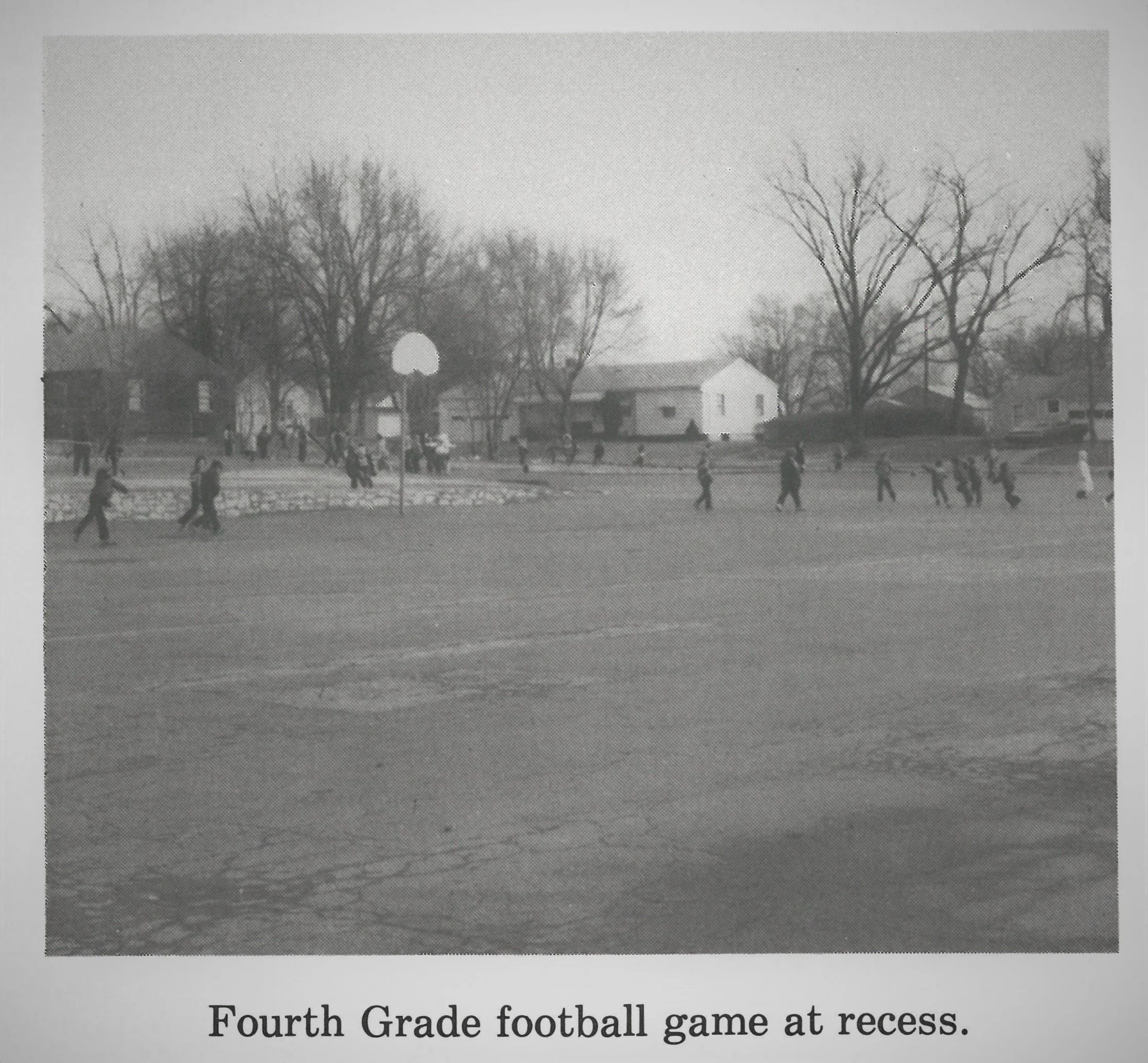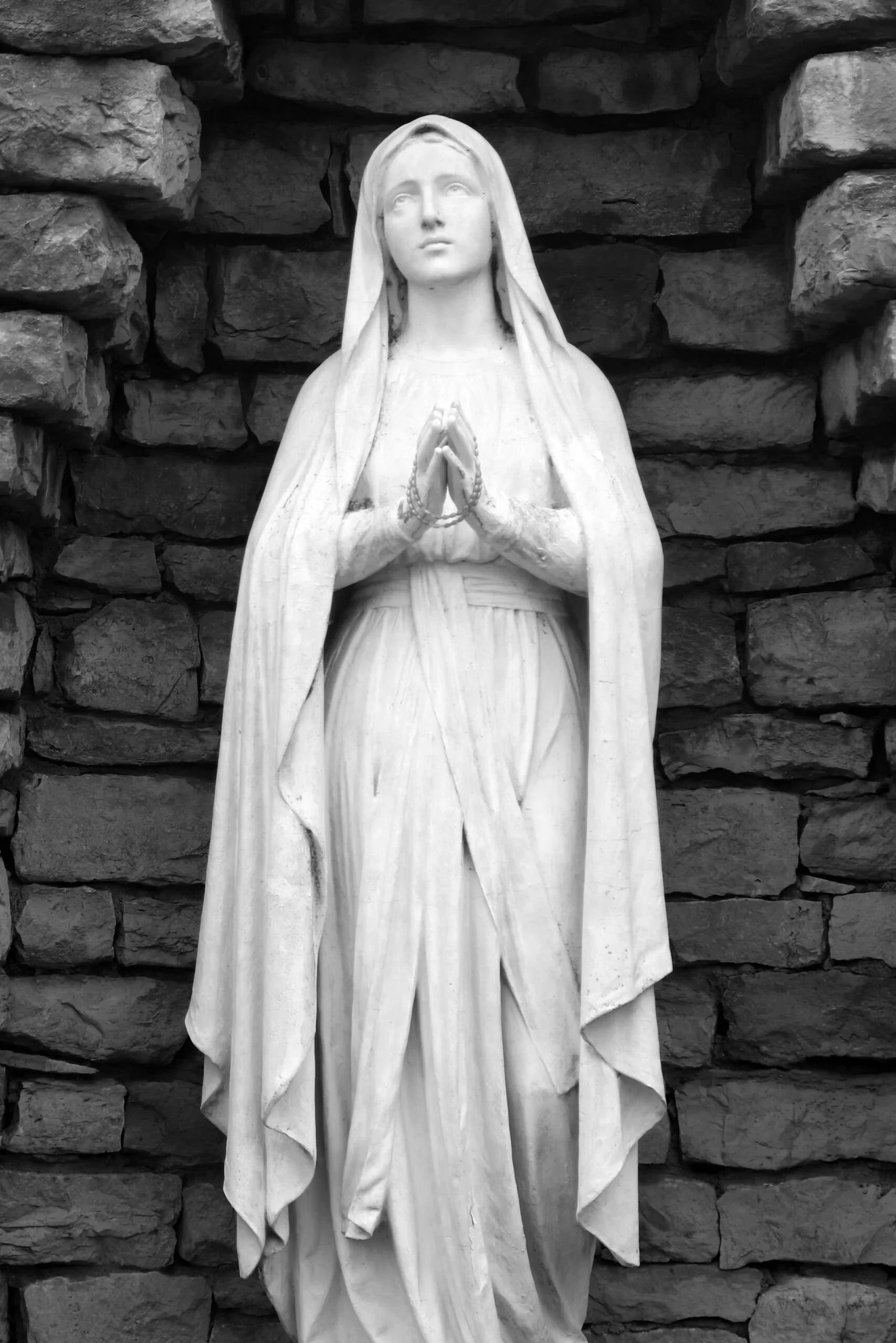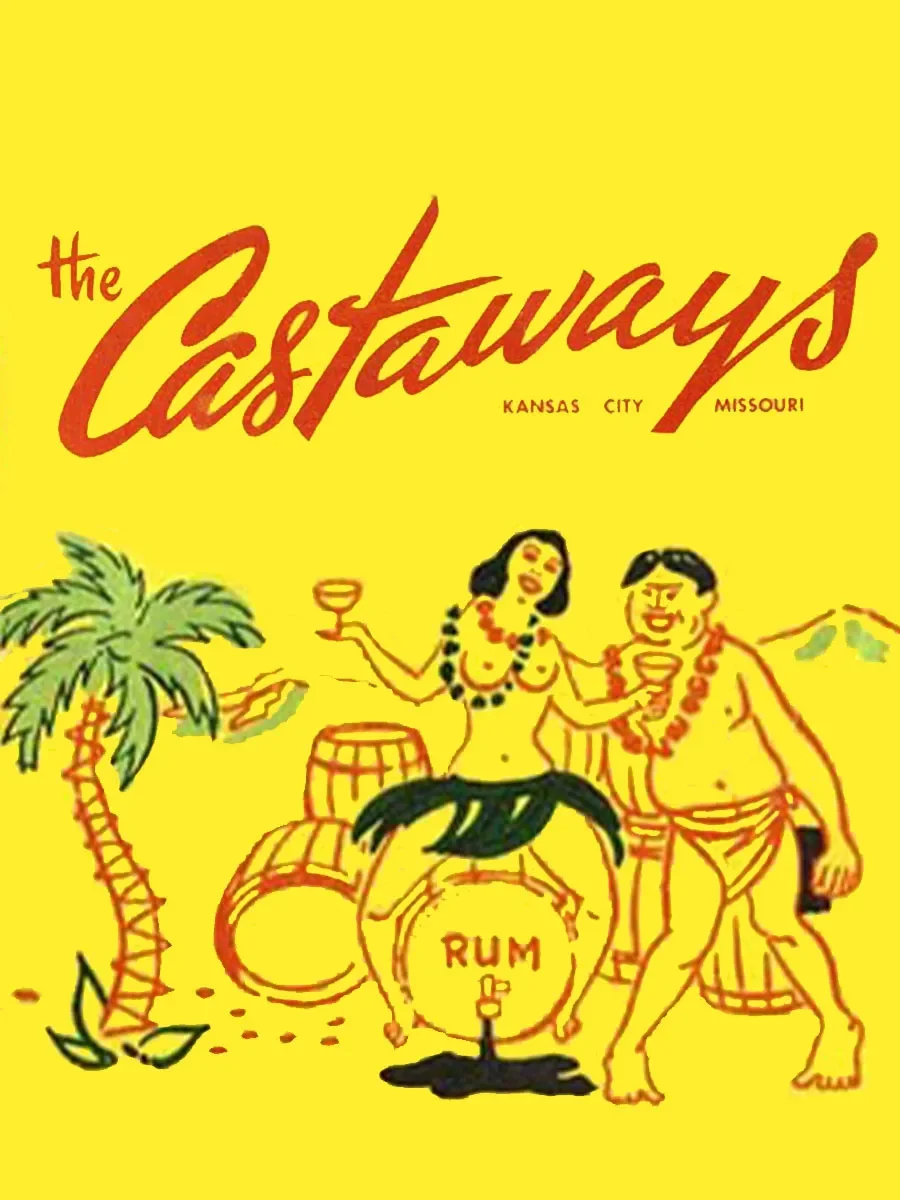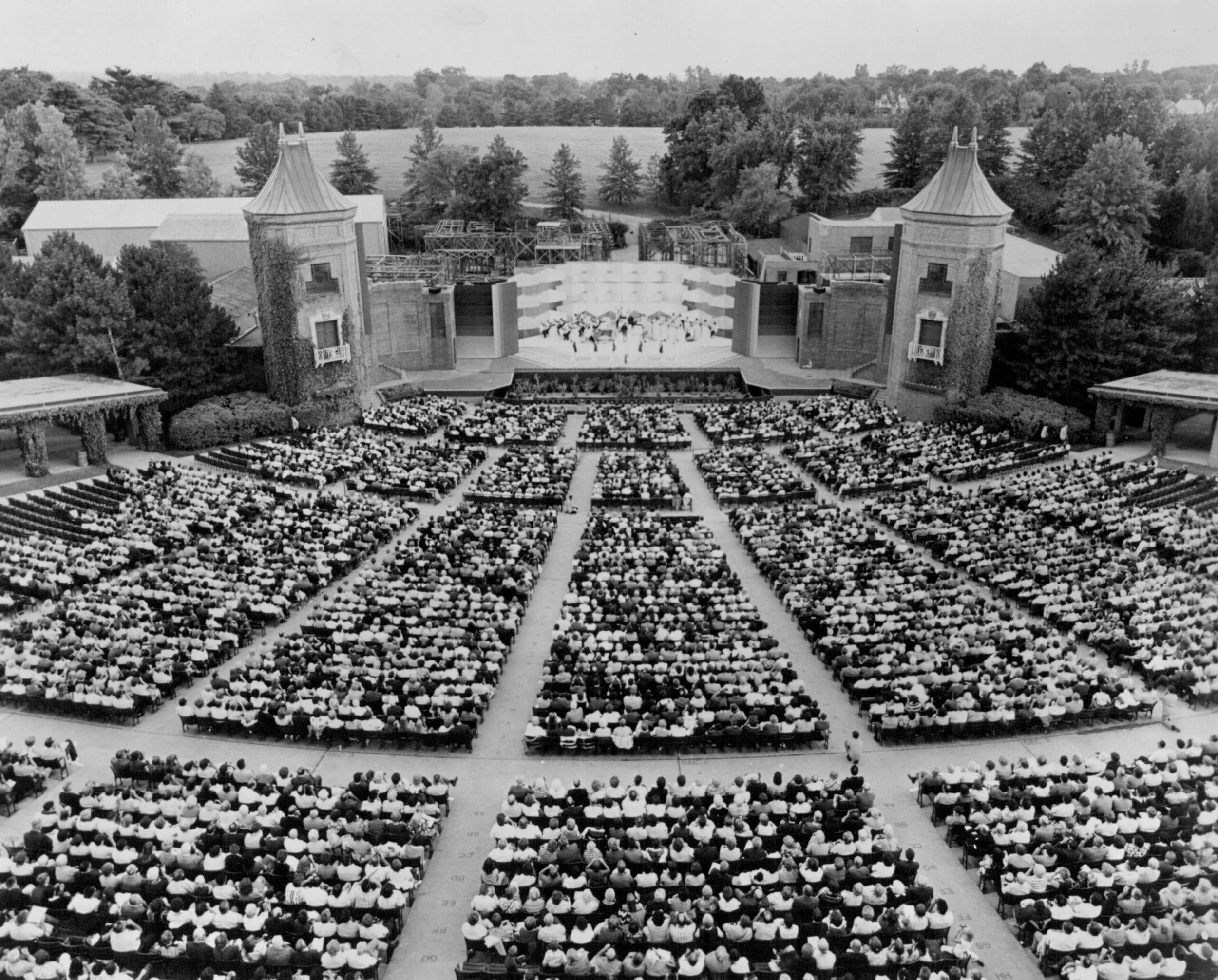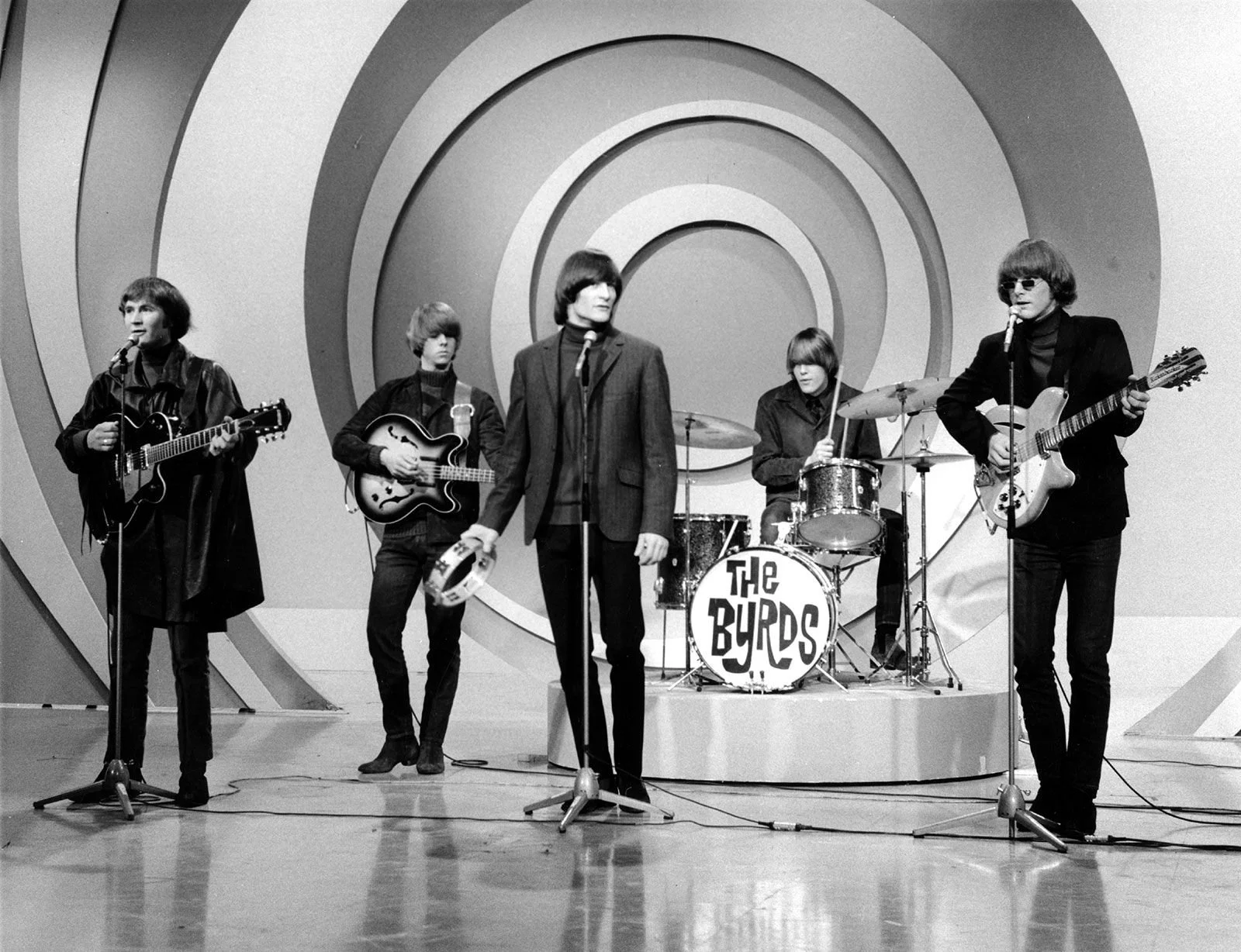It was 60 years ago today!
An anthem of a generation…
“Turn! Turn! Turn!” (single) was released on October 1, 1965.
This is the cover of the album Turn! Turn! Turn! by the Byrds. The eponymous hit single was the album’s first track.
"Turn! Turn! Turn!", also known as or subtitled "To Everything There Is a Season", is a song written by Pete Seeger in 1959. The lyrics are taken almost verbatim from the book of Ecclesiastes, as found in the King James Version of the Bible, (Ecclesiastes 3:1-8) though the sequence of the words was rearranged for the song. The Biblical text posits there being a time and place for all things: birth and death, killing and healing, sorrow and laughter, war and peace, and so on. The lines are open to myriad interpretations, but Seeger's song presents them as a plea for world peace with the closing line: "a time for peace, I swear it's not too late." This line and the title phrase "Turn! Turn! Turn!" are the only parts of the lyric written by Seeger himself.
Source: Wikipedia.org
Prologue
To kick off “Rocktober 2025”, I want to shine the spotlight on a song that became an anthem of a generation and more importantly, on a mostly forgotten artist from my hometown who charted his own course and influenced much of the music that I enjoy, play, and listen to, Gene Clark.
Chart your own course.
“Do not go where the path may lead, go instead where there is no path and leave a trail.”
- Ralph Waldo Emerson
Music itself originated as improvisation and is still extensively improvised in Eastern traditions and in the modern Western tradition of Jazz. Britannica defines “improvisation” as “the extemporaneous composition or free performance of a musical passage, usually in a manner conforming to certain stylistic norms but unfettered by the prescriptive features of a specific musical text.”
Jazz, with its freedom and improvisational nature, allows for greater individual creative expression; it allows you to chart your own course…
My hometown of Kansas City has a rich tradition in Jazz, which started in the 1920s and reached its zenith in the 1930s, with names like Count Basie and Charlie Parker.
The Blue Room in Kansas City, Missouri
Our band’s first live performance was at this historic venue.
Pat Metheny came from a family of accomplished trumpet players. However, a different instrument captured his heart. Pat picked up his first six string at the age of 12 [1966] and through years of hard work and a relentless, fanatical dedication, became one of the most acclaimed Jazz guitarists of our time. Along the way, he has won twenty Grammy awards and is the only person to have won Grammys in ten separate categories.
“The electric guitar would give him his own voice, not just the echo of others in the family. That alone made it attractive, but it was more than that. It had become the instrument of rebellion for the Baby Boomer generation. It represented a cultural shift… As Pat began his senior year of high school, his playing opportunities increased, and his interest in school plummeted. Hours spent with the guitar and not homework had taken its toll. By midway through the school year, ‘my grade point average was very low. I can’t remember exactly what it was, but it started with a one. There was real concern at home about what would happen with me,’ he admits.“ [1]
Born in 1954, Pat grew up in Lee’s Summit, Missouri, which is just a few miles down the road from where I lived and the music store where I learned to play guitar.
“Everything that has happened in my musical life began in Lee’s Summit... I’ve often theorized about the midwestern geography affecting an aesthetic, the sheer amount of space that exists, that leaves lots of room for things to happen, and for people to dream up stuff.” [1]
- Pat Metheny
Pat’s unique style incorporates improvisation, technical skill, and emotional expression. His style sometimes challenges perceptions and norms; he charts his own course…
Photo Credit: Associated Press (AP)
"To be yourself in a world that is constantly trying to make you something else is the greatest accomplishment."
- Ralph Waldo Emerson
Situated at the intersection of the California, Oregon, and Santa Fe Trails, the immediate area that I grew up in (Raytown and south Kansas City), also seemed to possess an innate sense of individualism and free-spiritedness. Such non-conformity would influence our cultural identity and output from time to time…
For example, in the ‘80s and ‘90s, our neighborhoods bore a small, yet talented group of BMX riders and skateboarders; rebels and crazy daredevils, who forged ahead and charted their own courses… USA BMX Hall of Fame rider and icon Dennis "DMC" McCoy started out on a dirt track that was only a couple of miles from my childhood home. McCoy led a pack of riders called the “BMX Brigade” which also included actor, musician, and fellow BMX legend Rick Thorne. Both followed their hearts and later headed west to California, becoming worldwide ambassadors for the sport they loved.
Punk Rock is central to Rick Thorne’s identity as a BMX rider. It is seen in his anti-establishment attitude and fearless riding style that emphasized self-expression over competition; the “Biker in Black”. Rick sees Punk Rock as a philosophy of standing for what you believe in, even when others disapprove. Since he was a young rider jumping curbs and popping wheelies, Rick has been drawn to the "Do It Yourself" spirit of Punk Rock, which wasn't initially seen as a formal music genre but rather a form of personal expression.
“I was born with this attitude, a punk attitude, a diy mentality, the need to shred naturally, and to express myself to be who I gotta be. To always stick to what and who you are and to not be afraid to be you.”
- Rick Thorne
Before they were legends…
Left: High school yearbook image of Dennis McCoy at the track circa 1984. Right: Rick Thorne in Grade 5.
Source: (L) 1985 Hickman Mills High School Yearbook - The Pride (R) digbmx.com
A sound that defined a generation.
So, perhaps it is not surprising that the stream of creative consciousness that inspired the sound of the 1960s counterculture movement, of a generation, would bubble up from the lyrical springs that adorned my neck of the woods and flow 1,600 miles away to a serene place called Laurel Canyon.
Laurel Canyon in Los Angeles, California, was the epicenter of the 1960s counterculture movement.
“Clasped by the natural beauty of its surroundings, Laurel Canyon became a haven for musicians seeking a serene escape from the bustling city below. The artists who converged here nurtured a groovy collaborative environment, fostering a creative camaraderie that sparked experimentation across genres.” [2]
This collaborative environment ultimately spawned a new music genre labeled “Psychedelic Rock”. This new style was more of an amalgamation than a genre per se, a free form of lyrics and sounds.
Most of the musicians that called the Canyon home were deeply rooted in Jazz, Blues, and Folk, with some also heavily influenced by the eastern tradition of Indian classical music.
At the time, many famous artists and musicians lived in Laurel Canyon, including the late Brian Wilson of the Beach Boys, the Mamas & the Papas, Joni Mitchell, and more. However, in 1965, one such band from the Canyon took flight, and along the way, charted a new course for 1960s popular music and the Rock era: the Byrds.
The Byrds were founded in Los Angeles, California by the late Gene Clark and Jim (later Roger) McGuinn in 1964. They quickly became a trio with the addition of the late David Crosby.
“McGuinn and I started picking together in The Troubadour bar which was called The Folk Den at the time ... We went into the lobby and started picking on the stairway where the echo was good and David came walking up and just started singing away with us doing the harmony part ... We hadn't even approached him.” — Gene Clark recalling the encounter at the Troubadour folk club in Los Angeles that marked the genesis of the Byrds
With the additions of the late Michael Clarke on drums and Chris Hillman on bass, the Byrds became a band. They soon perched themselves in the hills above Laurel Canyon and prepared to take flight.
The Byrds in 1965.
Source: ft.com
Like a ballad, each of our lives tells a story, many of which share a common thread.
Harold Eugene “Gene” Clark (1944 - 1991)
In seventh grade, I learned that Gene Clark grew up less than two miles from my childhood home and even attended the same Catholic school that I did. It is amazing to think that I walked through the same narrow halls and sat in the same tiny classrooms as a music legend.
There are places I remember…
Photo from my Fourth Grade yearbook circa 1982.
Courtesy of Anthony Woodard
Growing up, Gene reportedly conveyed a mostly strong and confident persona but was also somewhat shy and often exhibited a brooding, serious nature; he could be considered an “old soul”. These personal traits also fostered his fears and anxieties. In school, Gene reportedly found it difficult to blindly follow all the rigid rules.
“Gene was the antithesis of a star pupil, more prone to trouble than many of his peers, but he was always encouraged to retain a firm focus.” [3]
Gene sometimes questioned authority and occasionally got into fights on the playground. For his efforts, he would often receive a sharp rap on his knuckles from the nuns’ ever-ready rulers. Despite his underlying rambunctiousness, Gene remained rather spiritual and was drawn to many tenets of his faith.
“My Catholic upbringing was important in many ways. It must have influenced my songwriting too. There are questions and mysteries in there”
- Gene Clark
“Indeed, Clark’s best work is full of abstruse allusions, typical of a Catholic imagination. His songs include references to eternity, angels and souls, while many of his love ballads dramatize a moral complexity, with protestations of guilt, remorse and the need for forgiveness.” [3]
Our parish grotto years later.
Source: The Catholic Key - Diocese of Kansas City-Saint Joseph
Gene also remained nourished by the lyrical springs and musical streams that flowed by his childhood home.
“Time passed slowly in Swope Park. When he wasn’t playing with his younger brothers, Gene would sometimes wander through the woods alone, away from the household bustle. There was a warm security amid the serenity, an enveloping feeling of calm in which silence itself took on a strange and powerful significance. The rural tranquility allowed Clark to lose himself in the labyrinthine corridors of his imagination where, for brief moments, everything felt in harmony. These heightened experiences were like evanescent moments of transcendence, which he later attempted to recapture…” [3]
As Gene’s upper high school years approached, his father accepted a new job offer across the state line and the Clark family moved to Bonner Springs, Kansas. Gene later graduated from Bonner Springs High School and soon joined a regional Folk band called the Surf Riders. The band was a regular act at the former Castaways lounge in midtown Kansas City.
Source: mytiki.life
In August 1963, the New Christy Minstrels were in town for a stage production of The Unsinkable Molly Brown at Starlight Theatre, which is in Swope Park, near Gene’s childhood home. The New Christy Minstrels are a large-ensemble Folk music group founded by Randy Sparks in 1961. Several famous artists were part of the group throughout its storied history, including Kim Carnes, Barry McGuire, and the late Kenny Rogers.
Starlight in the sixties…
Source: kcstarlight.com
A member of the New Christy Minstrels saw part of the Surf Rider’s set at Castaways and was impressed with Gene’s performance and stage presence. Gene was quickly hired and joined the act for a relentless tour across the nation. He later recorded two albums with the ensemble, before charting his course for something new in Laurel Canyon.
Their songs became anthems.
The Byrds quickly soared to the top of the charts in the summer of 1965 with their cover of Bob Dylan’s “Mr. Tambourine Man”, from their inaugural album of the same name. Their sound was characterized by a unique blend of Roger McGuinn’s jazz and eastern-inspired, 12-string Rickenbacker guitar playing, the band’s complex vocal harmonies, and Gene Clark’s introspective lyrics. In addition to Dylan covers, the inaugural album also consists of memorable originals written by Gene.
On October 1, 1965, the Byrds released their rendition of “Turn! Turn! Turn!” The song reached No. 1 on the Billboard Hot 100 in December 1965 and became an anthem for the burgeoning anti-war movement; its message remains rather timely…
Then, in early 1966, the Byrds composed what most musicologists consider to be the first Psychedelic Rock song, “Eight Miles High”. Gene was the song’s primary writer. He stated that the idea for the song sprang from a discussion that he had with the late Brian Jones of The Rolling Stones in November 1965.
Due to perceived drug connotations in its lyrics, the song was subject to a U.S. radio ban shortly after its release. Despite this, the song reached No. 14 on the Billboard Hot 100, making it the last Byrds’ song to reach the Top 20.
Unfortunately, around this time, Gene found it increasingly difficult to handle his newfound fame and the rigors of being a touring act. He left the band in 1966, shortly before “Eight Miles High” was released.
A lasting influence.
After his time in the Byrds, Gene once again changed course and joined forces with an accomplished banjo player from Missouri named Doug Dillard to form Dillard & Clark. The band’s first album, The Fantastic Expedition of Dillard & Clark, is considered by musicologists to be one of the first Country-Rock albums. Bernie Leadon, who would go on to help form the Eagles, was the band’s guitarist and co-wrote “Train Leaves Here This Morning" with Gene. The song would later appear on the Eagles’ 1972 debut album.
Despite his gifted songwriting, Gene’s solo efforts never connected with mainstream audiences and his short-lived stardom soon faded. As he grew older, his personal traits made him more susceptible to cycles of self-defeatism and substance abuse. Sadly, Gene passed away in May 1991 at the age of 46.
Whether it’s Folk-Rock, Psychedelic Rock, Country-Rock, or Alternative Rock/College Radio, the Byrds’ and Gene Clark’s influence on popular music should not be forgotten. It is also important to remember that you often have to chart your own course for something new.
Photo Credit: Michael Ochs Archives/Getty Images; Source: britannica.com
1 Brewer, Carolyn Glenn. “Beneath Missouri Skies: Pat Metheny in Kansas City, 1964-1972”. Jun. 14, 2021
2 Vazquez, Gena. “Music in the Canyon”. Nov. 22, 2023
3 Rogan, Johnny. “Byrds: Requiem For The Timeless Vol. 2”. Aug. 2, 2017
